One of the most common questions we receive from homeowners here at Hildebrandt Tree Tech is what they can do to improve the health of their trees. Below we outline the most common mistakes we see homeowners make with their trees.
Tree Planting Mistakes
When planting a new tree, avoid digging deeper than the height of its root ball. For older trees you are transplanting from one location to the next, be sure to remove soil located around its root flare. This action exposes the collar of the root flare. As you excavate soil around the location where you intend to plant the tree, be sure to allow up to two and a half times the root ball diameter and remove circling, girding, and surface roots to avoid future tree health issues. The following symptoms could indicate that you have planted the tree too deep:
- Bark splitting
- Dead branches
- Defoliation or smaller than expected leaves
- Inhibited growth
- Leaf growth in spring later than expected
- Leaves color prematurely in the fall
Left untreated, these issues can cause the premature death of your tree. However, following the steps outlined above will prevent improper root growth and girdling. This is a common early mistake that can affect a tree’s health many years later.
Another significant error we see among homeowners who plant their own trees is failure to remove the treated burlap, twine, and/or wire on the root ball of the tree when planting it. Although these interventions help to stabilize a young tree in transport, they become unnecessary once you plant the tree. With its root ball effectively blocked, the tree can struggle to grow to its full potential.
Tree Maintenance Issues
We understand that homeowners mean well when they water and care for their trees. Unfortunately, a tree that receives too much water can sustain just as much damage as one that doesn’t receive enough water. Tree roots breathe and need air exchange through the soil profile. When your soil is consistently saturated with water, the soil cannot breathe. This is known as an anaerobic condition that promotes many root rotting pathogens and the dieback of healthy root tissue. Here are some common indications that you may be overwatering your trees:
- Algae, mushrooms, or moss growing around the tree
- Premature death of new shoots
- Root rotting
- Dieback or scorching of leaves in warm/hot weather even when the soil is wet
- Soil surrounding the tree is frequently damp
Damage to trees from lawnmowers or edgers is yet another common maintenance issue. The best way to avoid this is to not use the lawnmower to cut the grass any closer than a few inches from the tree or design your landscape to not allow grass to grow up to the base of your trees. You also need to pay close attention when using an edger or string trimmer to ensure that you don’t get too close. Another option is to install inexpensive trunk guards on smaller trees.
Construction Damage
Your tree may fall victim to damage due to factors outside your control. One common example is a contractor digging or trenching near your property to prepare for installing a sewer line or irrigation system. You or a home contractor could also cause accidental damage to your tree’s root system when completing a home improvement project.
Because the issues caused by this type of damage can vary, we recommend contacting us for a prompt evaluation of your trees if you notice any of the problems listed above. To learn more about our services or to schedule a consultation with an ISA Certified Arborist, please contact Hildebrandt Tree Tech at 806-441-7722.






